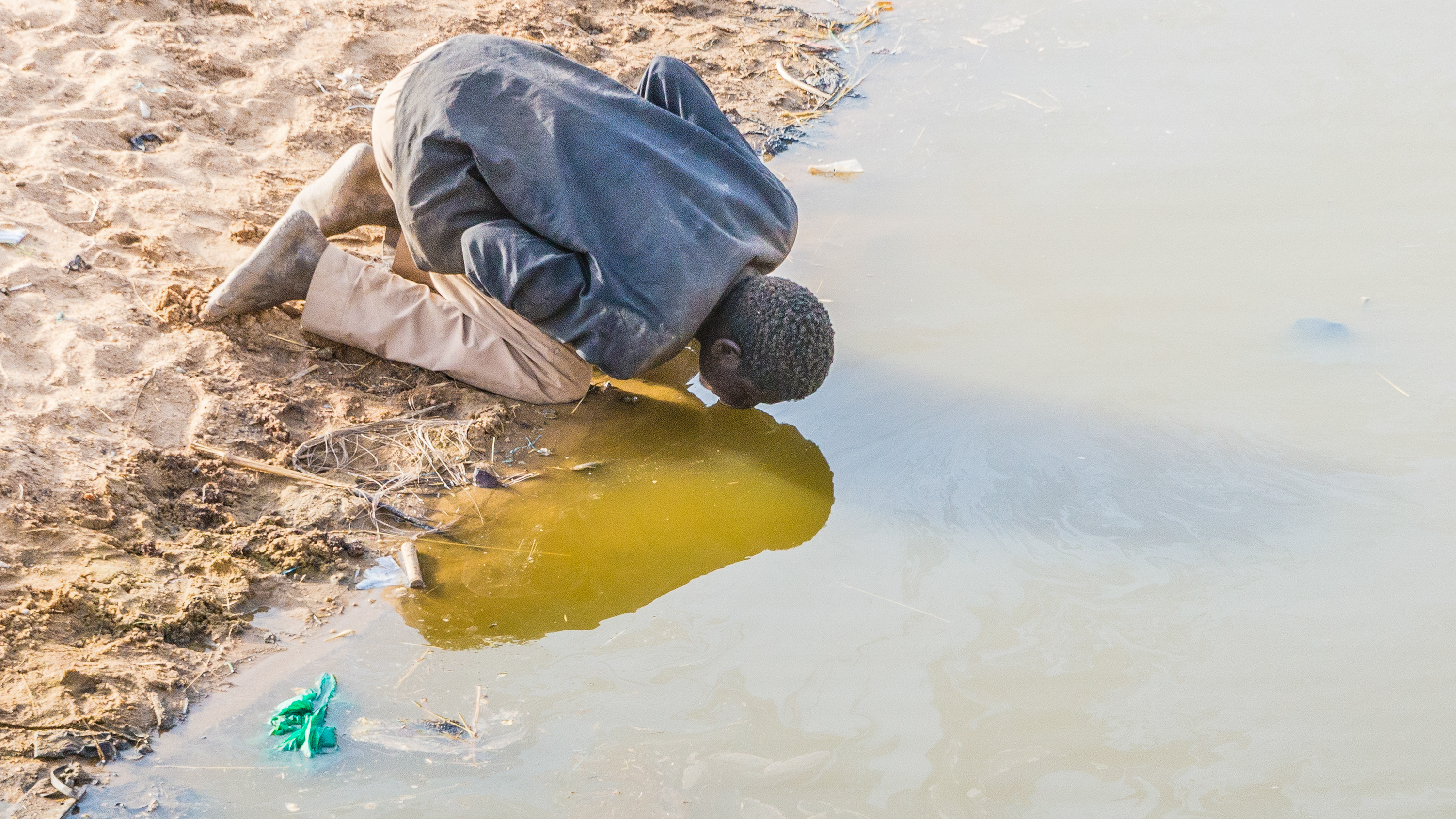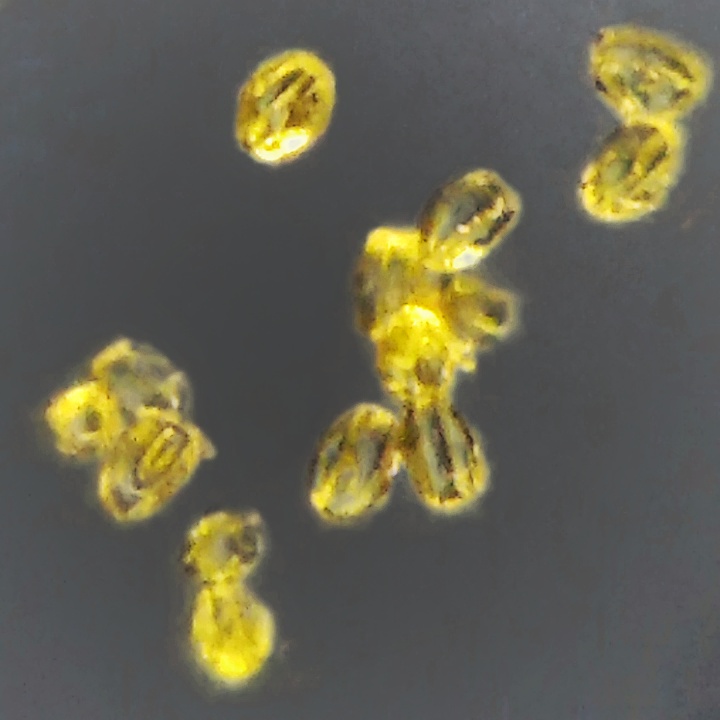|
Larvicide
A larvicide (alternatively larvacide) is an insecticide that is specifically targeted against the larval life stage of an insect. Their most common use is against mosquitoes. Larvicides may be contact poisons, stomach poisons, growth regulators, or (increasingly) biological control agents. Biological agents The biological control agent ''Bacillus thuringiensis'', also known as ''Bt'', is a bacterial disease specific to Lepidopteran caterpillars. '' Bacillus thuringiensis israelensis'', also known as ''Bti'', and '' Bacillus sphaericus'', which affect larval mosquitoes and some midges, have come into increasing use in recent times. ''Bti'' and ''B. sphaericus'' are both naturally occurring soil bacterium registered as larvicides under the names Bactivec, Bacticide, Aquabac, Teknar, Vectobac, LarvX, and VectoLex CG. Typically in granular form, pellets are distributed on the surface of stagnant water locations. When the mosquito larvae ingest the bacteria, crystallized toxins are ... [...More Info...] [...Related Items...] OR: [Wikipedia] [Google] [Baidu] |
Index Of Pesticide Articles
This is an index of articles relating to pesticides. 0–9 A B C D E F G H I J K L M N P Q R S T U V W, X, Y, Z See also * List of fungicides {{Horticulture and Gardening Index Pesticides Pesticides are substances that are meant to pest control, control pest (organism), pests. This includes herbicide, insecticide, nematicide, molluscicide, piscicide, avicide, rodenticide, bactericide, insect repellent, animal repellent, microb ... Pesticide articles ... [...More Info...] [...Related Items...] OR: [Wikipedia] [Google] [Baidu] |
Stagnant Water
Water stagnation occurs when water stops flowing. Stagnant water can be a major environmental hazard. Dangers Malaria and dengue are among the main dangers of stagnant water, which can become a breeding ground for the mosquitoes that transmit these diseases. Stagnant water can be dangerous for drinking because it provides a better incubator than running water for many kinds of bacteria and parasites. Stagnant water can be contaminated with human and animal feces, particularly in deserts or other areas of low rainfall. Water stagnation for as little as six days can completely change bacterial community composition and increase cell count. Stagnant water may be classified into the following basic, although overlapping, types: * Water body stagnation (stagnation in swamp, lake, lagoon, river, etc.) * Surface and ground waters stagnation * Trapped water stagnation. The water may be trapped in human artifacts (discarded cans, plant pots, tires, dug-outs, roofs, etc.), as well as ... [...More Info...] [...Related Items...] OR: [Wikipedia] [Google] [Baidu] |
Biological Pest Control
Biological control or biocontrol is a method of controlling pests, such as insects, mites, weeds, and plant diseases, using other organisms. It relies on predation, parasitism, herbivory, or other natural mechanisms, but typically also involves an active human management role. It can be an important component of integrated pest management (IPM) programs. There are three basic strategies for biological pest control: classical (importation), where a natural enemy of a pest is introduced in the hope of achieving control; inductive (augmentation), in which a large population of natural enemies are administered for quick pest control; and inoculative (conservation), in which measures are taken to maintain natural enemies through regular reestablishment. Natural enemies of insect pests, also known as biological control agents, include predators, parasitoids, pathogens, and competitors. Biological control agents of plant diseases are most often referred to as antagonists. Bi ... [...More Info...] [...Related Items...] OR: [Wikipedia] [Google] [Baidu] |
Azadirachta Indica
''Azadirachta indica'', commonly known as neem, nimtree or Indian lilac, is a tree in the mahogany family Meliaceae. It is one of two species in the genus '' Azadirachta'', and is native to the Indian subcontinent and most of the countries in Africa. It is typically grown in tropical and semi-tropical regions. Neem trees also grow on islands in southern Iran. Its fruits and seeds are the source of neem oil. Description Neem is a fast-growing tree that can reach a height of , and rarely . It is deciduous, shedding many of its leaves during the dry winter months. The branches are wide and spreading. The fairly dense crown is roundish and may reach a diameter of . The neem tree is similar in appearance to its relative, the chinaberry ('' Melia azedarach''). The opposite, pinnate leaves are long, with 20 to 30 medium to dark green leaflets about long. The terminal leaflet often is missing. The petioles are short. White and fragrant flowers are arranged in more-or-less drooping ... [...More Info...] [...Related Items...] OR: [Wikipedia] [Google] [Baidu] |
Neem Oil
Neem oil, also known as margosa oil, is a vegetable oil pressed from the fruits and seeds of the neem ('' Azadirachta indica''), a tree which is indigenous to the Indian subcontinent and has been introduced to many other areas in the tropics. It is the most important of the commercially available products of neem and is used for organic farming and medicines. Composition Azadirachtin is the most well known and studied triterpenoid in neem oil. Nimbin is another triterpenoid which has been credited with some of neem oil's properties as an antiseptic, antifungal, antipyretic and antihistamine. Uses Ayurveda Neem oil has a history of use in Ayurveda folk medicine. There is limited evidence for its use in treating acute skin toxicity in head and neck cancer chemotherapy involving cisplatin. Toxicity The ingestion of neem oil is potentially toxic and can cause metabolic acidosis, seizures, kidney failure, encephalopathy and severe brain ischemia in infants and young child ... [...More Info...] [...Related Items...] OR: [Wikipedia] [Google] [Baidu] |
Genetic Modification
Genetic engineering, also called genetic modification or genetic manipulation, is the modification and manipulation of an organism's genes using technology. It is a set of technologies used to change the genetic makeup of cells, including the transfer of genes within and across species boundaries to produce improved or novel organisms. New DNA is obtained by either isolating and copying the genetic material of interest using recombinant DNA methods or by artificially synthesising the DNA. A construct is usually created and used to insert this DNA into the host organism. The first recombinant DNA molecule was made by Paul Berg in 1972 by combining DNA from the monkey virus SV40 with the lambda virus. As well as inserting genes, the process can be used to remove, or "knock out", genes. The new DNA can be inserted randomly, or targeted to a specific part of the genome. An organism that is generated through genetic engineering is considered to be genetically modified (GM) a ... [...More Info...] [...Related Items...] OR: [Wikipedia] [Google] [Baidu] |
Organophosphate
In organic chemistry, organophosphates (also known as phosphate esters, or OPEs) are a class of organophosphorus compounds with the general structure , a central phosphate molecule with alkyl or aromatic substituents. They can be considered as esters of phosphoric acid. Like most functional groups, organophosphates occur in a diverse range of forms, with important examples including key biomolecules such as DNA, RNA and ATP, as well as many insecticides, herbicides, nerve agents and flame retardants. OPEs have been widely used in various products as flame retardants, plasticizers, and performance additives to engine oil. The popularity of OPEs as flame retardants came as a substitution for the highly regulated brominated flame retardants. The low cost of production and compatibility to diverse polymers made OPEs to be widely used in industry including textile, furniture, electronics as plasticizers and flame retardants. These compounds are added to the final product phys ... [...More Info...] [...Related Items...] OR: [Wikipedia] [Google] [Baidu] |
Temephos
Temefos or temephos (trade name Abate) is an organophosphate larvicide used to treat water infested with disease-carrying insects including mosquitoes, midges, and black fly larvae. As with other organophosphates, temephos affects the central nervous system through inhibition of cholinesterase. In larvae, this results in death before reaching the adult stage. In the developing world where the vector-borne disease dengue fever is endemic, temephos is widely used and applied by both private and public pest control in areas of standing water where the ''Aedes aegypti'' mosquito breeds in order to reduce the population of this disease-carrying insect. Temephos is also used in the Guinea worm eradication program to kill water fleas that carry guinea worm larvae. Resistance to temephos by ''A. aegypti'' has been seen in Brazil. The Brazilian Aedes aegypti resistance monitoring program detected temephos resistance in ''A. aegypti'' populations from several localities in the count ... [...More Info...] [...Related Items...] OR: [Wikipedia] [Google] [Baidu] |
Bioaccumulate
Bioaccumulation is the gradual accumulation of substances, such as pesticides or other chemicals, in an organism. Bioaccumulation occurs when an organism absorbs a substance at a rate faster than that at which the substance is lost or eliminated by catabolism and excretion. Thus, the longer the biological half-life of a toxic substance, the greater the risk of chronic poisoning, even if environmental levels of the toxin are not very high. Bioaccumulation, for example in fish, can be predicted by models. Hypothesis for molecular size cutoff criteria for use as bioaccumulation potential indicators are not supported by data. Biotransformation can strongly modify bioaccumulation of chemicals in an organism. Toxicity induced by metals is associated with bioaccumulation and biomagnification. Storage or uptake of metals faster than the rate at which an organism metabolizes and excretes lead to the accumulation of that metal. The presence of various chemicals and harmful substance ... [...More Info...] [...Related Items...] OR: [Wikipedia] [Google] [Baidu] |
Pupa
A pupa ( la, pupa, "doll"; plural: ''pupae'') is the life stage of some insects undergoing transformation between immature and mature stages. Insects that go through a pupal stage are holometabolous: they go through four distinct stages in their life cycle, the stages thereof being egg, larva, pupa, and imago. The processes of entering and completing the pupal stage are controlled by the insect's hormones, especially juvenile hormone, prothoracicotropic hormone, and ecdysone. The act of becoming a pupa is called pupation, and the act of emerging from the pupal case is called eclosion or emergence. The pupae of different groups of insects have different names such as ''chrysalis'' for the pupae of butterflies and ''tumbler'' for those of the mosquito family. Pupae may further be enclosed in other structures such as cocoons, nests, or shells. Position in life cycle The pupal stage follows the larval stage and precedes adulthood ('' imago'') in insects with complete metamo ... [...More Info...] [...Related Items...] OR: [Wikipedia] [Google] [Baidu] |
Methoprene
Methoprene is a juvenile hormone (JH) analog which acts as a growth regulator when used as an insecticide. It is an amber-colored liquid with a faint fruity odor. Methoprene does not kill insects. Instead, it interferes with an insect’s life cycle and prevents it from reaching maturity or reproducing. Juvenile growth hormones must be absent for a pupa to molt to an adult, so methoprene-treated larvae will be unable to successfully change from pupae to adults. This breaks the biological life cycle of the insect, preventing recurring infestation. Methoprene is considered a biological pesticide because rather than controlling target pests through direct toxicity, methoprene interferes with an insect’s lifecycle and prevents it from reaching maturity or reproducing. Applications Methoprene is used in the production of a number of foods, including meat, milk, mushrooms, peanuts, rice, and cereals. It also has several uses on domestic animals (pets) for controlling fleas. I ... [...More Info...] [...Related Items...] OR: [Wikipedia] [Google] [Baidu] |



